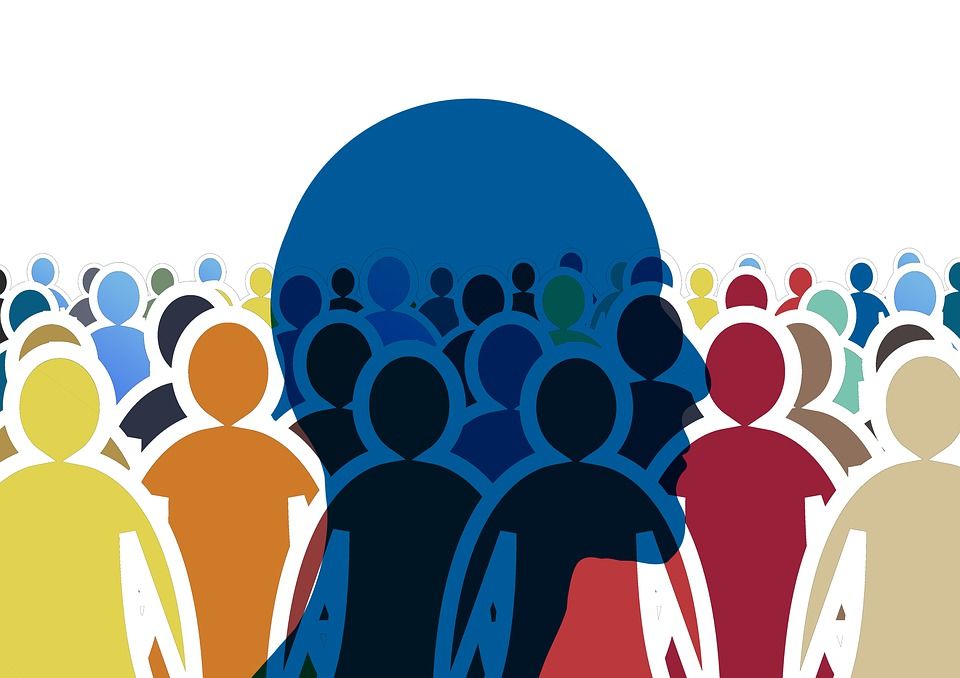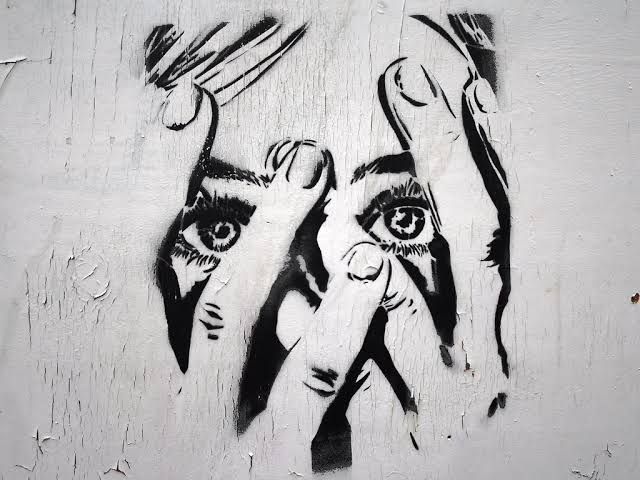The American Psychiatric Association defines phobia as “an irrational and excessive fear of an object or situation”. It is a type of anxiety disorder. The person affected by phobia goes to extreme lengths to avoid the situation or the object of fear and if the feared object or situation cannot be avoided, then the affected individual experiences considerable distress.
Phobias can be differentiated into three types:
• Social phobia- It is a fear of social situations. The affected person is worried that others may judge them or they are fearful that they will be publicly embarrassed.

• Agoraphobia- It is a fear of a place or situation because the individual feels that escape is impossible. Consequently, the affected individual may begin to avoid such situations. In extreme cases, the individual may even become fearful of leaving their home.
• Specific phobia- It includes fear ofcertain animals (birds, cats, dogs, rodents, spiders etc.), natural environment (hurricanes, lightning, mudslides etc.), blood or injury, and specific situations (bridges, driving, flying, heights etc.). Common specific phobias include fear of spiders, fear of snakes and fear of heights.

Phobias are relatively common. Specific phobias affect about 6–8% of people in the Western world and 2–4% of people in Asia, Africa and Latin America. Social phobia affects about 7% of people in the US and 0.5–2.5% of people in the rest of the world. In general, women are affected by phobias much more than men.
An exposure to the feared object or situation, or simply a thought of the feared object can give rise to phobic symptoms. The symptoms associated with phobias are as follows:
• Dizziness
• Accelerated heart rate
• Chest pain or feeling of tightness in chest
• Sweating
• Hot or cold flushes
• Breathlessness
• Nausea, vomiting or diarrhoea
• Numbness or tingling sensation
• Trembling
• A sense of detachment from reality
• Fear of losing control
• Fear of dying
These symptoms may give rise to a full-blown anxiety attacks at times. Phobic symptoms can lead some individuals to isolate themselves, experience impaired functioning in daily life and face difficulty in maintaining relationships with others.

Phobias are generally thought to be learned emotional responses. Growing up in a household with anxious parents or anxious older siblings, can affect the way an individual copes with anxiety in his later life. Particular incidents or traumas at an early age can also give rise to phobias where the fear produced by the actual threatening situation is transferred to other similar situations and the original fear is often repressed or forgotten. For example, an individual who encountered the experience of almost drowning in his childhood may develop an excessive fear of water at alater stage in his life. Other factors such as genetics and long-term stress can also contribute to the onset of phobias.
A number of treatments are available for phobia. In case of specific phobia, medications are generally not that effective and the person is treated either through exposure therapy (a strategised exposure to the feared object to help the person overcome his fear) or the method of counter-conditioning (the person is taught a new response to the feared object). For treatment of social phobia or agoraphobia, a combination of counselling and medication (antidepressants, benzodiazepines, beta-blockers) is required.
